Roses on the willow
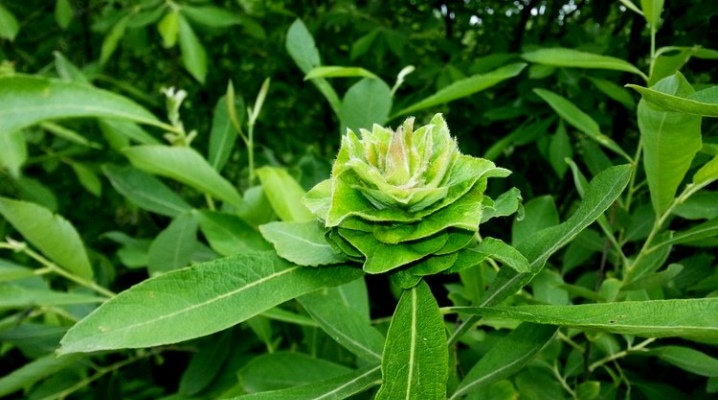
Sometimes you can see small green roses on willow trees or shrubs. These "flowers" can grow on willows for several years. Over time, they turn from green to brown. And although many "blooming" willows seem attractive, experienced gardeners know that trees and shrubs must be saved from such "decoration".
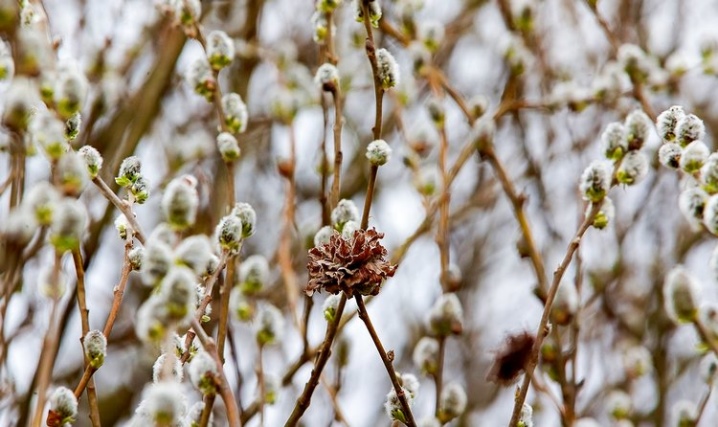
What it is?
People have been paying attention to such an unusual phenomenon as roses on a willow for a long time. Some of them bypassed the trees with roses, as they perceived it as something unnatural or even as an omen of something terrible. Others considered such willows to be a holy phenomenon and protected them from outsiders. People came to the trees that bloom with roses to pray and ask for blessings for themselves and their loved ones.
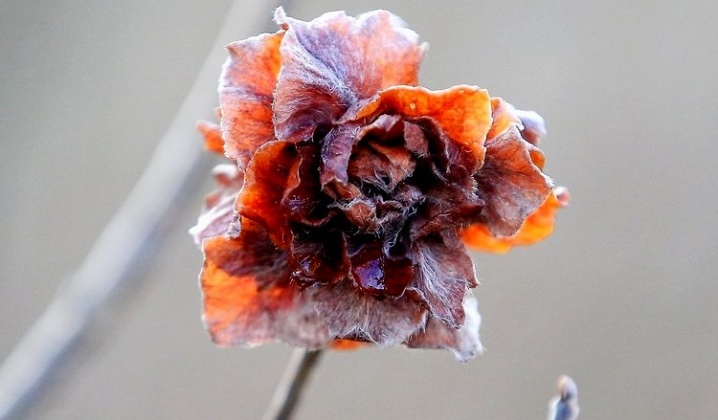
However, today this phenomenon has already received a fairly simple scientific explanation. What appears to everyone as a beautiful green or pinkish rose is a gall - a mutated part of the shoot. Such a change is the result of the painstaking work of a pest called pink-forming gall midge.
If you open such a flower in the form of a rose, you can immediately see a large number of "rooms" where the larvae live. The gall's appearance will immediately lose its attractiveness.
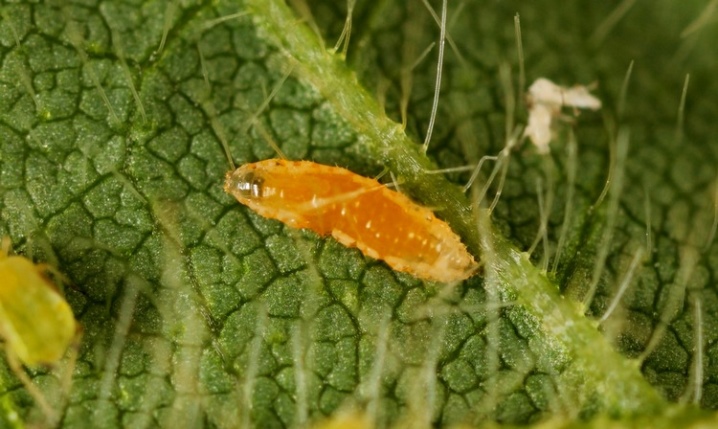
Reasons for education
The larvae living in such "houses" are the same willow rose-forming gall midges. They are small mosquitoes and live on various types of willows. Their distinctive feature is small, hairy wings, as well as long antennae. The wings of such insects are very weak and are reinforced with only a few veins. Adults do not feed on anything and live only a few days. Their only task is to lay eggs. The family of gall midges thrives only thanks to small larvae that have adapted to survive in the most unusual conditions.
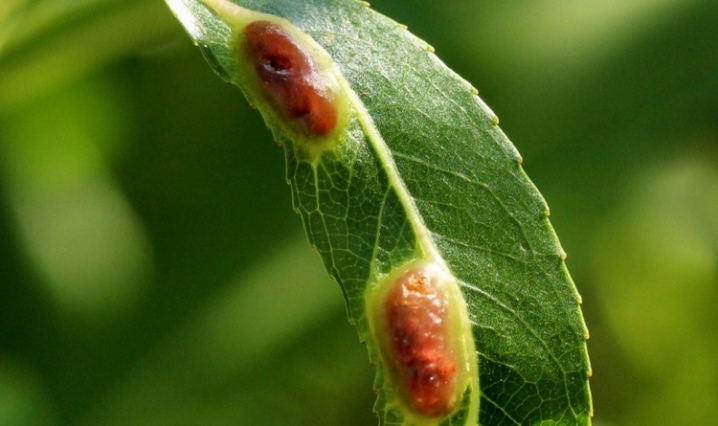
It is believed that the smaller the insect, the more enemies it has.... However, gall midges are not afraid of any enemies, because they hide in a very reliable shelter - a gall, that is, in a modified part of a tree, which is an ideal enclosed space. In such galls, the larvae receive everything they need for life. First of all, it is food, that is, the juice of a plant. Well-insulated gall walls protect gall midges not only from enemies, but also from rain and other weather phenomena.
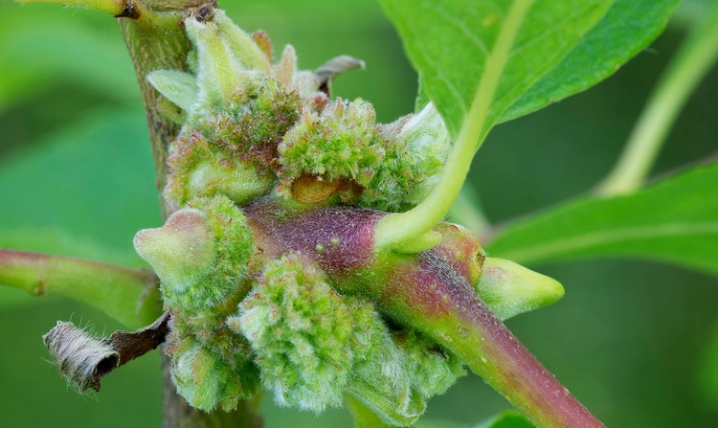
Since these pests have a very small head and an underdeveloped mouth, they cannot gnaw the plant. Therefore, they act a little differently. The larvae begin to secrete a chemical substance in their body at a selected area of the plant. As a result, cells grow and divide very quickly. The leaves begin to wrinkle, and the leaf folds begin to curl. After that, the petioles are swollen, as well as the lobe bending of the leaves, as a result of which the top of the branch is damaged, and at this point a small rosette of leaves is formed, which in its shape resembles a real rose.
As a result, it turns out that everyone around them sees a beautiful flower, which is a very reliable refuge for gall midges. At the very bottom of the gall there is a small hole.
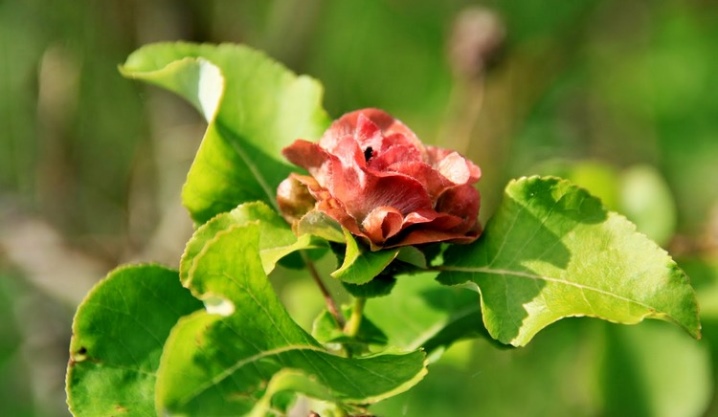
Pest control
Willows affected by gall midges must be rescued. Due to the influence of pests, the quality of their wood deteriorates significantly. Willow through the juice becomes infected with viral infections, and this can lead to a complete absence of seeds in the future and even to the death of the plant.To prevent this from happening, it is necessary to take appropriate measures.
We must act quickly, while there are few “roses” on the tree.
- The easiest method of struggle is cutting off the gall, as well as the affected area around it from the willow. This is best done at the very beginning, until the larvae are completely hatched. After that, the "rose" must be burned. If this is not done, a new infection is possible.
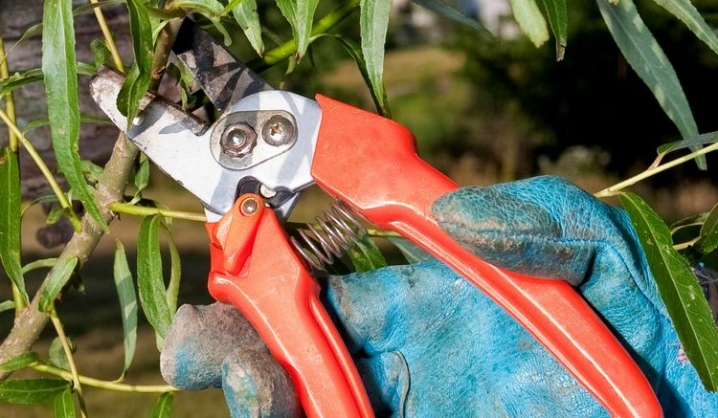
- You can also get rid of such pests with chemicals.... You can use Aktellik, Kemifos, and Fufanon. Spraying is best done in calm and dry weather. You can repeat the procedure in 7-10 days. For greater efficiency, when re-spraying, you must use another drug.

- You can also use and biological preparations. They do not have a detrimental effect on humans, but they cope with pests very well. Most often, these drugs are developed on the basis of special bacteria or fungi. The composition of such substances includes neurotoxins, which, when gall midges enter the body, either paralyze them or completely kill them. The most common means are "Fitoverm", "Avertin" or "Aktofit".
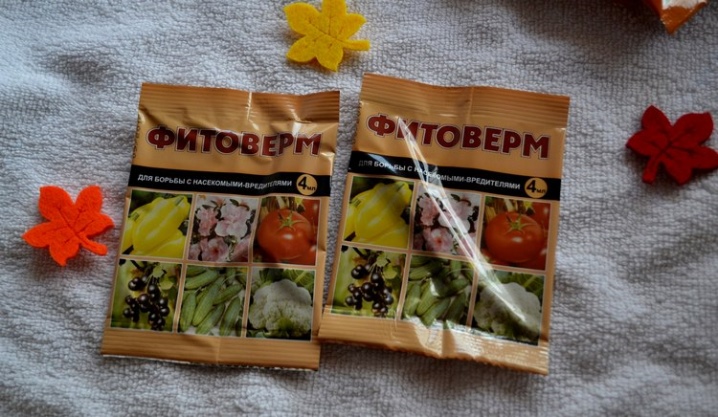
Summing up, we can say that when you see roses on a willow, you should not just admire them. On the contrary, it is necessary to urgently sound the alarm and get rid of them in a timely manner. This is required in order for the tree to be able to delight its owners, as well as everyone around, for many years to come.
For more information about roses on willow, see the video below.



































































The comment was sent successfully.